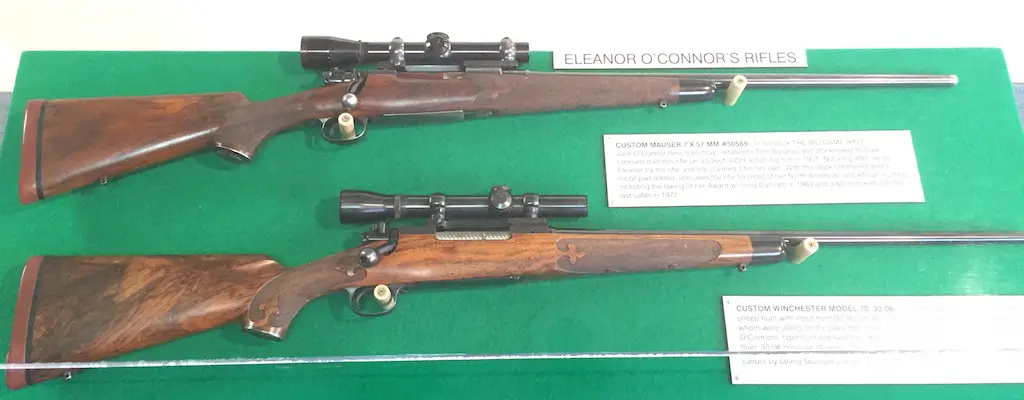

This version was designated the Gewehr 1871/84. The design was updated in 1884 with an 8-round tubular magazine designed by Alfred von Kropatschek, making this Germany's first repeating rifle. The action included only a bolt guide rib as its single locking lug, locking forward of the receiving bridge.


The Gewehr 71 is a conventional looking bolt action chambered in 11mm using black powder cartridges. The now well known Mauser "wing" type safety lever was developed for the Gewehr 71. The action was not based on its predecessor, the Dreyse needle gun which had seen service during the Franco-Prussian War of 1870-71, and which was found to have a number of weaknesses. With support from the government's Spandau arsenal, the improvements to the safety mechanism were completed and the rifle was formally accepted on 14 February 1872 as Infantry Rifle Model 1871 by the German Empire excluding Bavaria. The Mauser was provisionally adopted on 2 December 1871, pending the development of an appropriate safety. During 1870-71 trials with many different rifles took place, with the "M1869 Bavarian Werder" being the Mausers' chief competitor. Paul Mauser developed his bolt-action rifle from 1866 to 1871. Originally adopted as the Gewehr 71 or Infanterie-Gewehr 71, or "Infantry Rifle 71 ("I.G.Mod.71" was stamped on the rifles themselves) this was the first rifle model in a distinguished line designed and manufactured by Paul Mauser and Wilhelm Mauser of the Mauser company, and later mass-produced at Spandau arsenal. In virtually MINT CONDITION, except for the missing front sight, this is ready to display in the very best of Collections! The bore is unused, and all the internal components have no signs of being fired either. Rated as an ANTIQUE as it was made between 18 when the Germans adopted the M-1888 Commission rifle in 7.92mm, you are not likely to see another one of these GERMAN TRIAL'S RIFLES again. This has to be VERY RARE! It also has a rather interesting down-turned bolt handle, and was shortened somewhat, so this may have been intended as a cavalry short rifle. So, as a possible offering, this example was converted in 1906 for presentation to South American countries.Īs it happened BRAZIL adopted a newer design 1908 7mm MAUSER Rifle, based on the Gew 98 as the 1908 pattern as did ARGENTINA the M-1909 in 7.65mm. This converted Mauser 71/84 in 7mm was never adopted by anyone as far as I know. Most likely in the early 20th Century, the German arms industry was looking for a way to utilize the large numbers of surplus Mauser 71/84 rifles, which were quite obsolete by that time. Looking at the "Tower Of Liège" proof marks on the weapon would indicate that the conversion took place in Belgium.

It is particularly fascinating that perpaps 30 years after it was originally made, it was experimentally converted to 7 X 57 mm Caliber, clearly for the South American Markets of BRAZIL, CHILE and all the other South American Nations, then under the influence of Kaiser Wilhelm and the German Empire. Below this is the Crown over FW proof for Kaiser Wilhelm I, who used the F.W. The top of the chamber is marked ( Crown) over ERFURT, indicating manufacture at the Royal Erfurt Arsenal, located in Thuringia. From what we can see, we think this rifle was never used in service before being converted. 233., which would probably be for a reserve regiment. It actually has Regimental markings on the butt plate: 43. It is one of the NICEST GERMAN MAUSER 71/84 Rifles that we have ever seen.


 0 kommentar(er)
0 kommentar(er)
